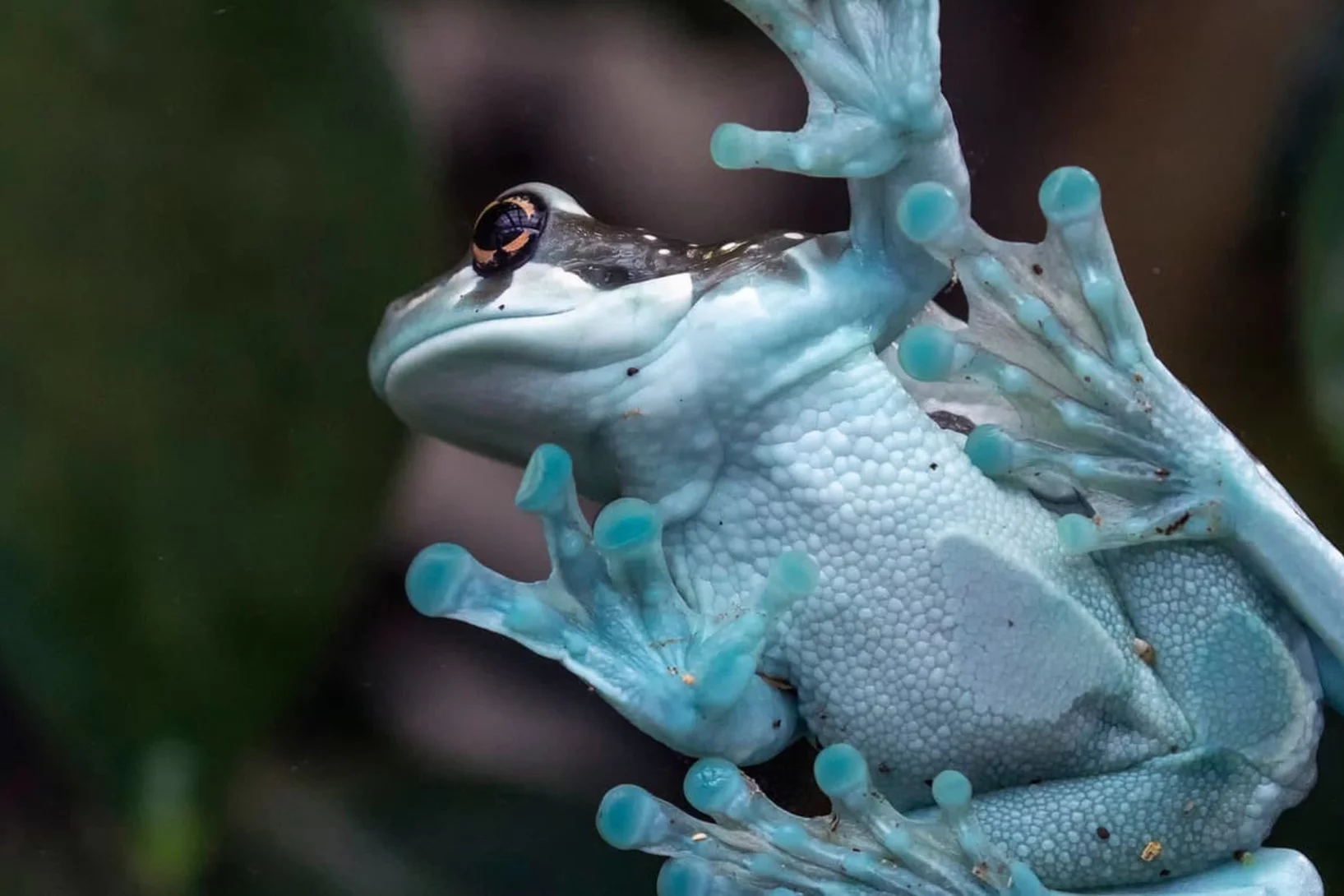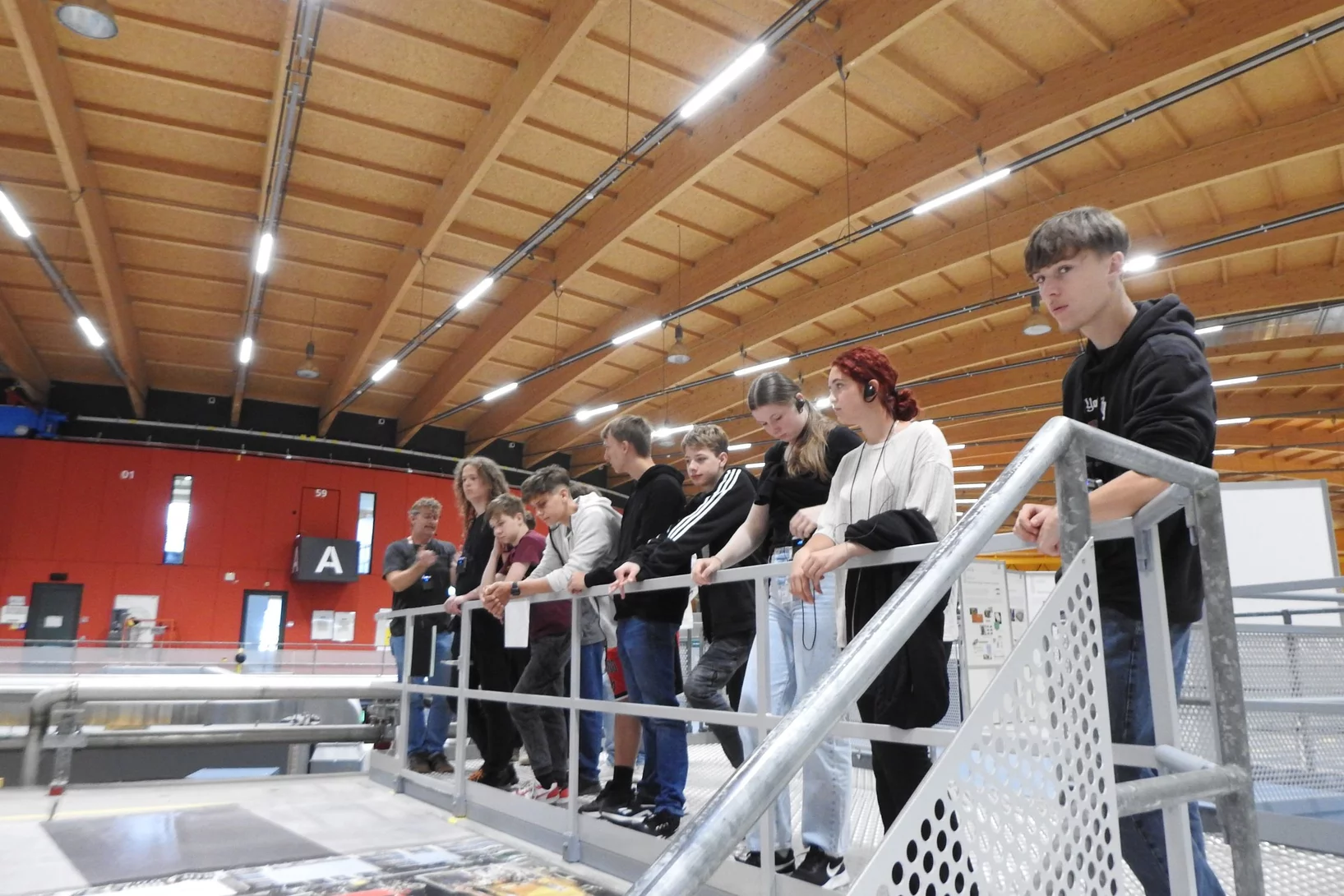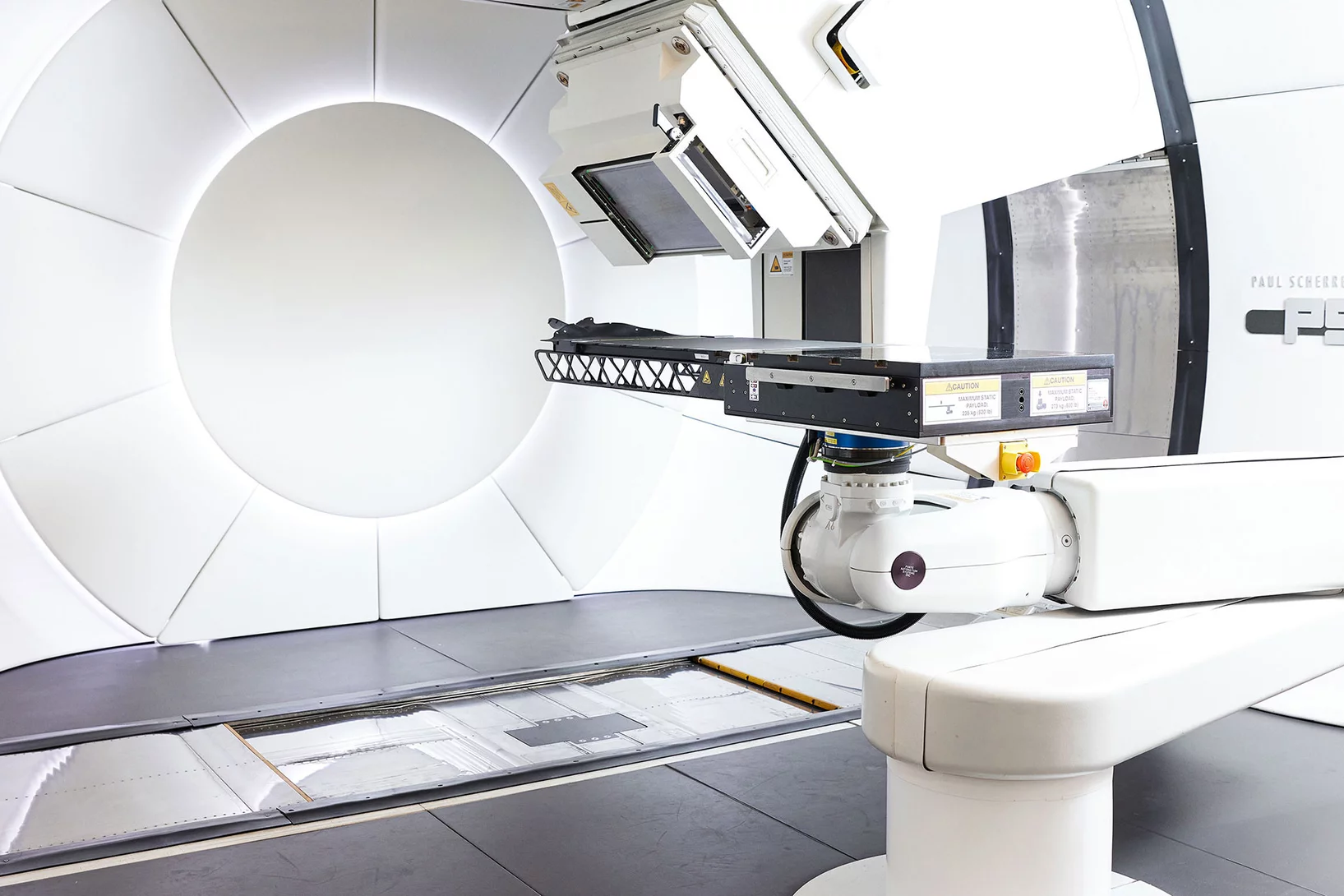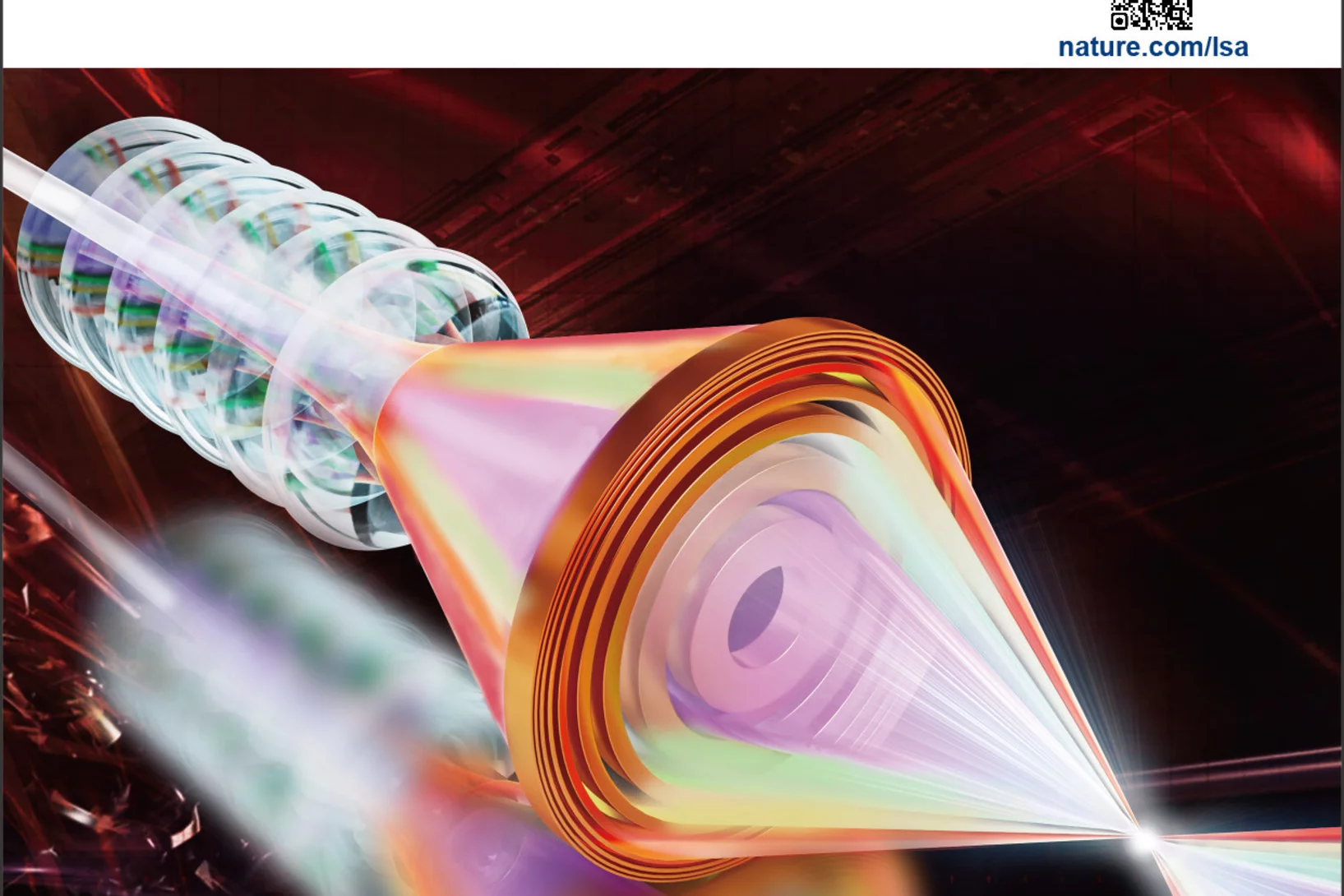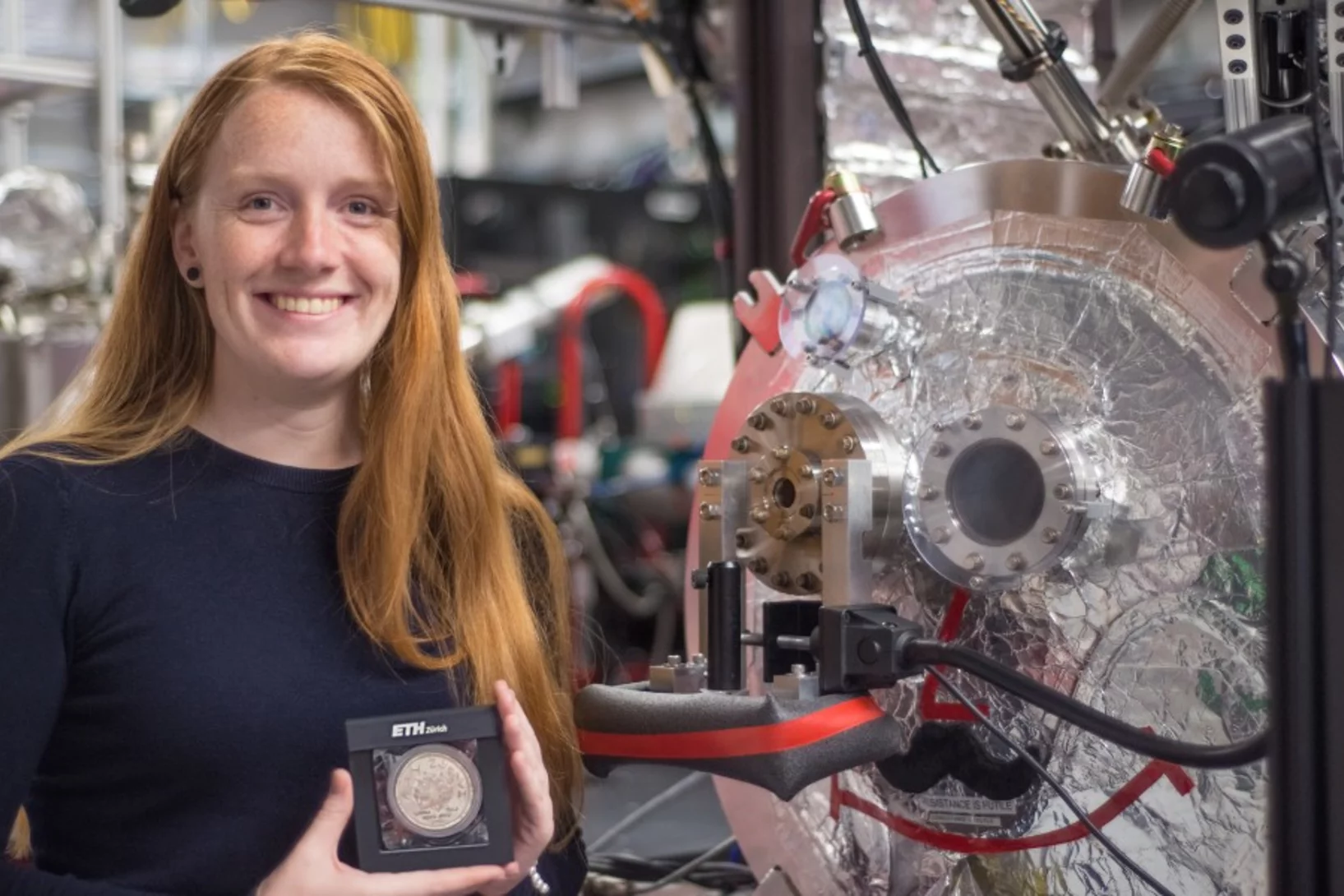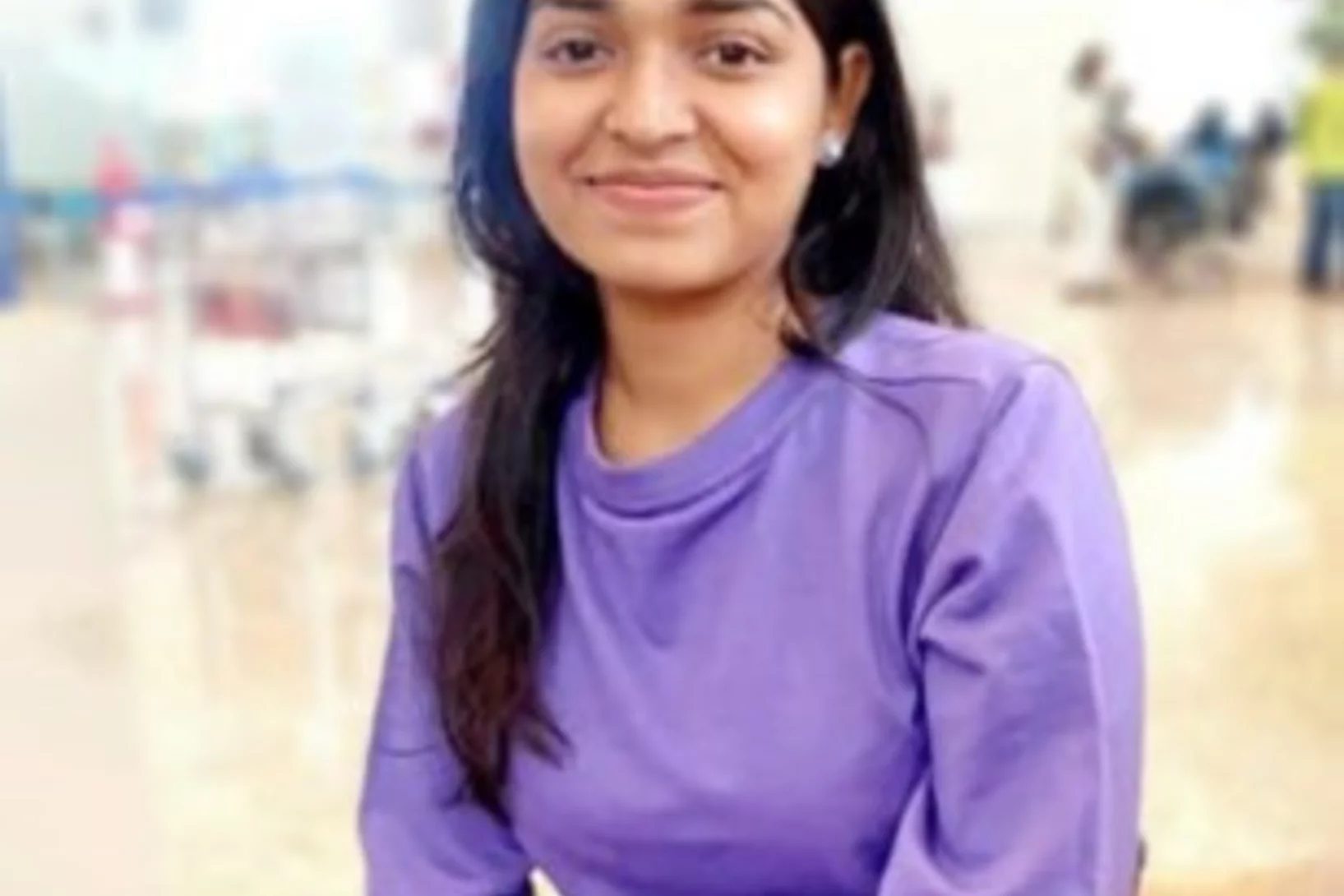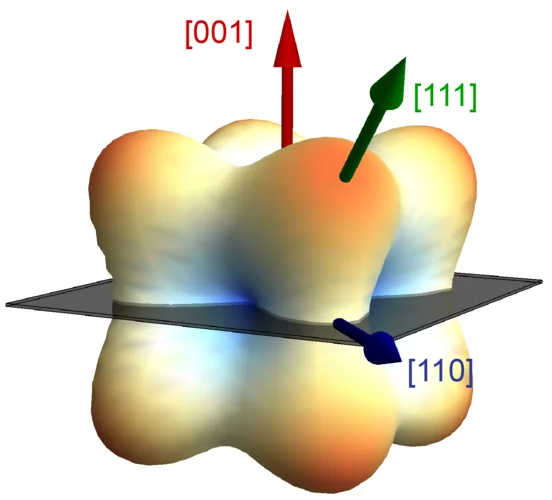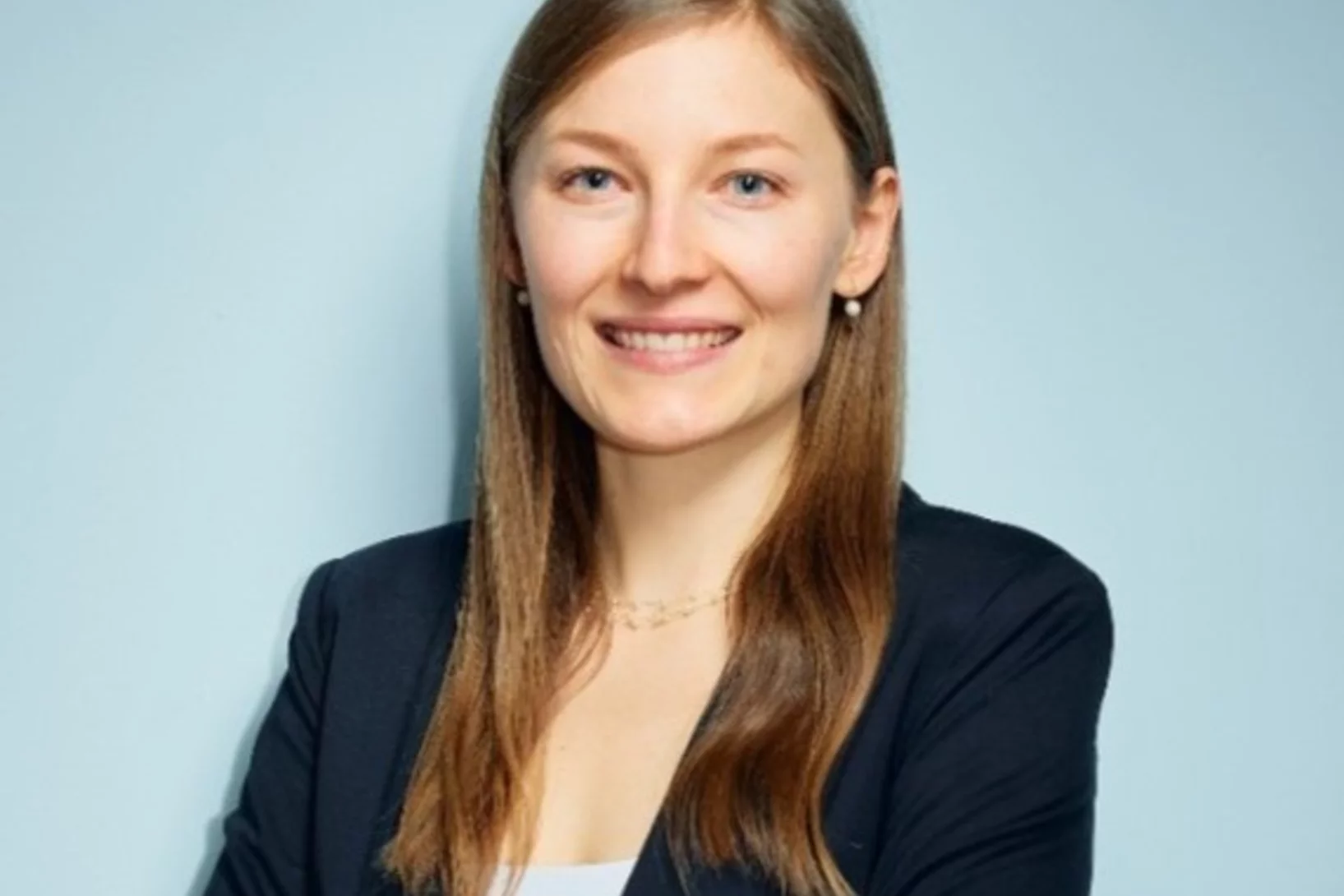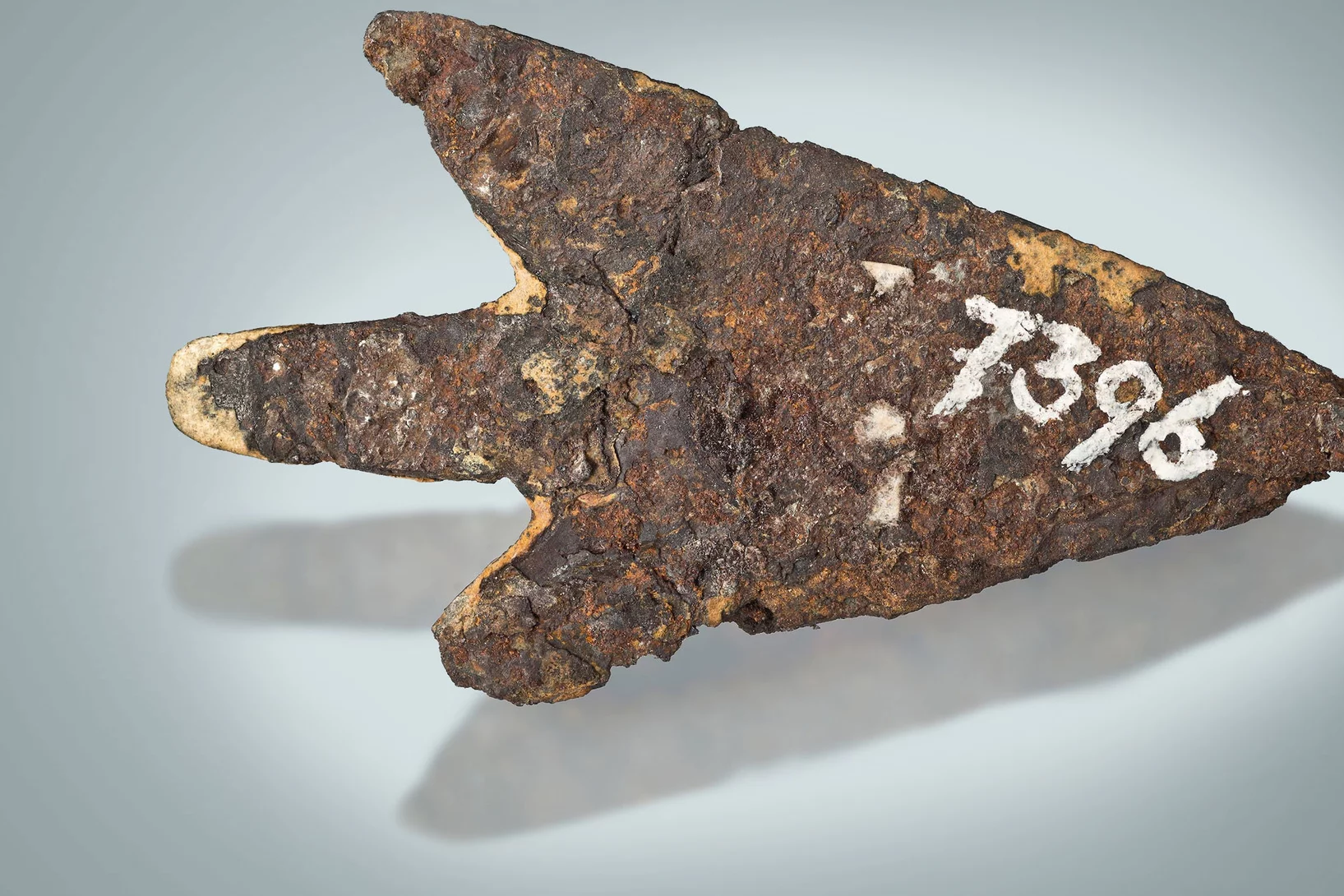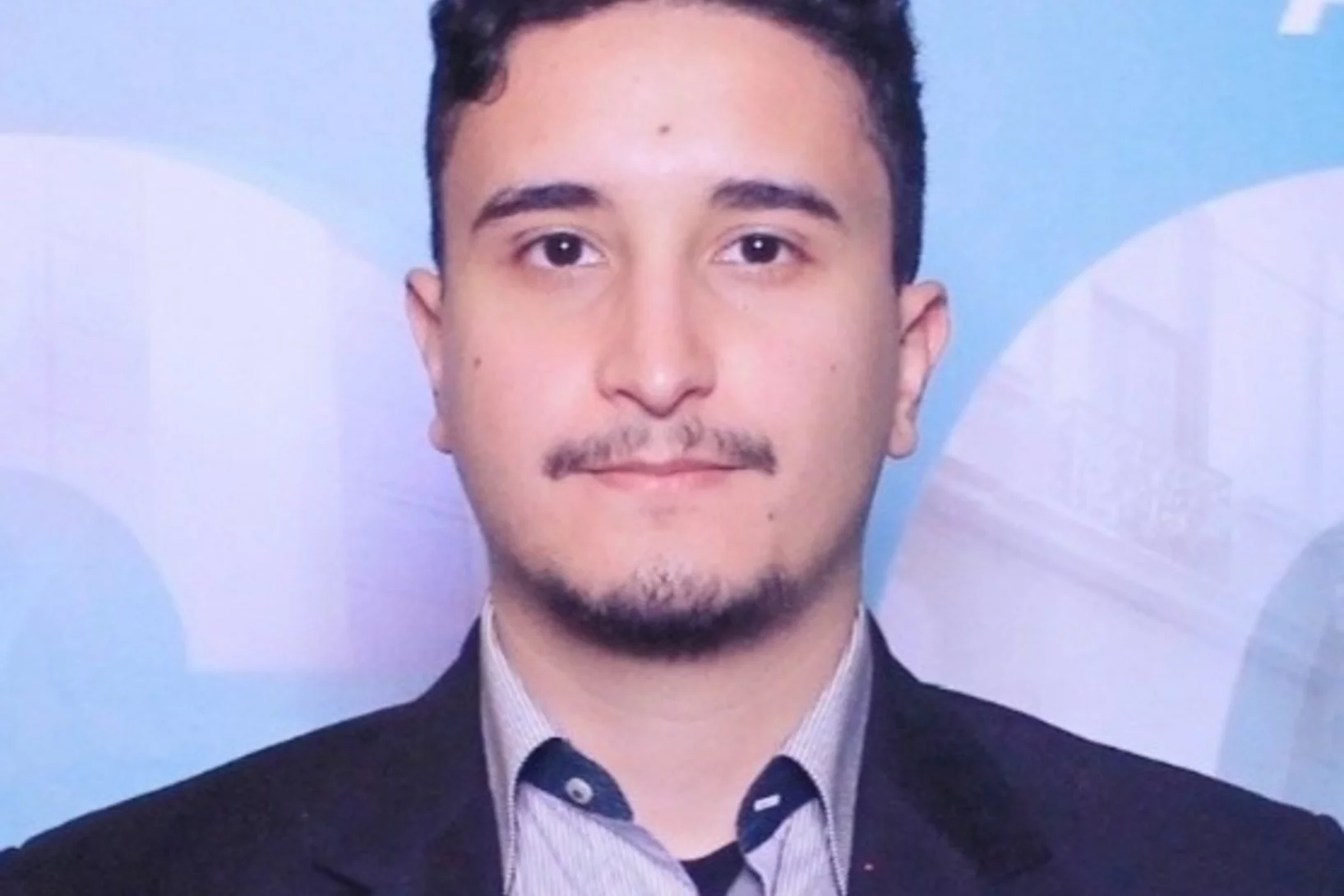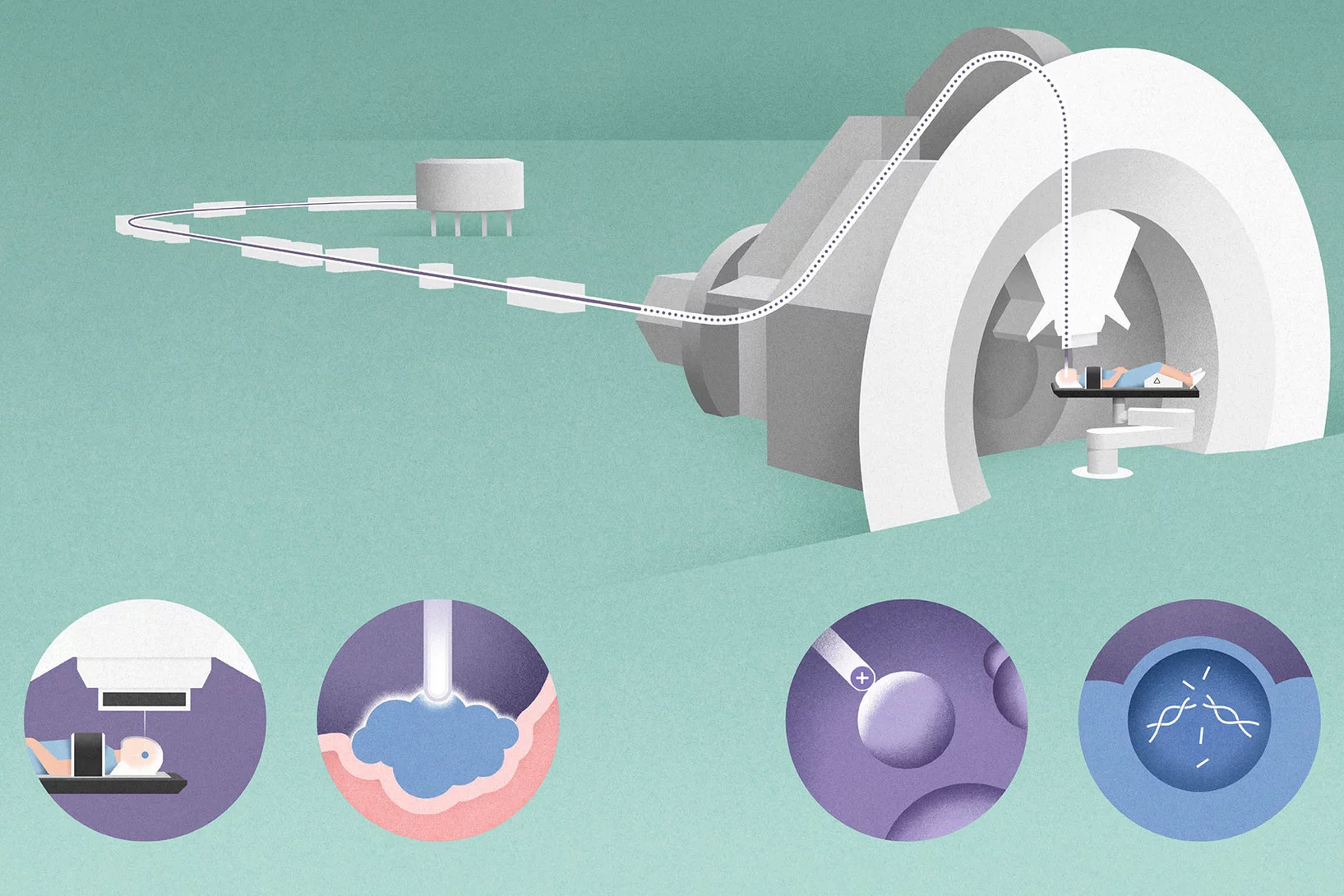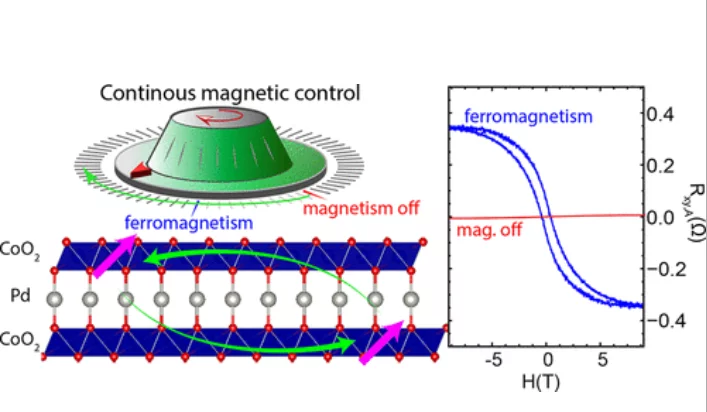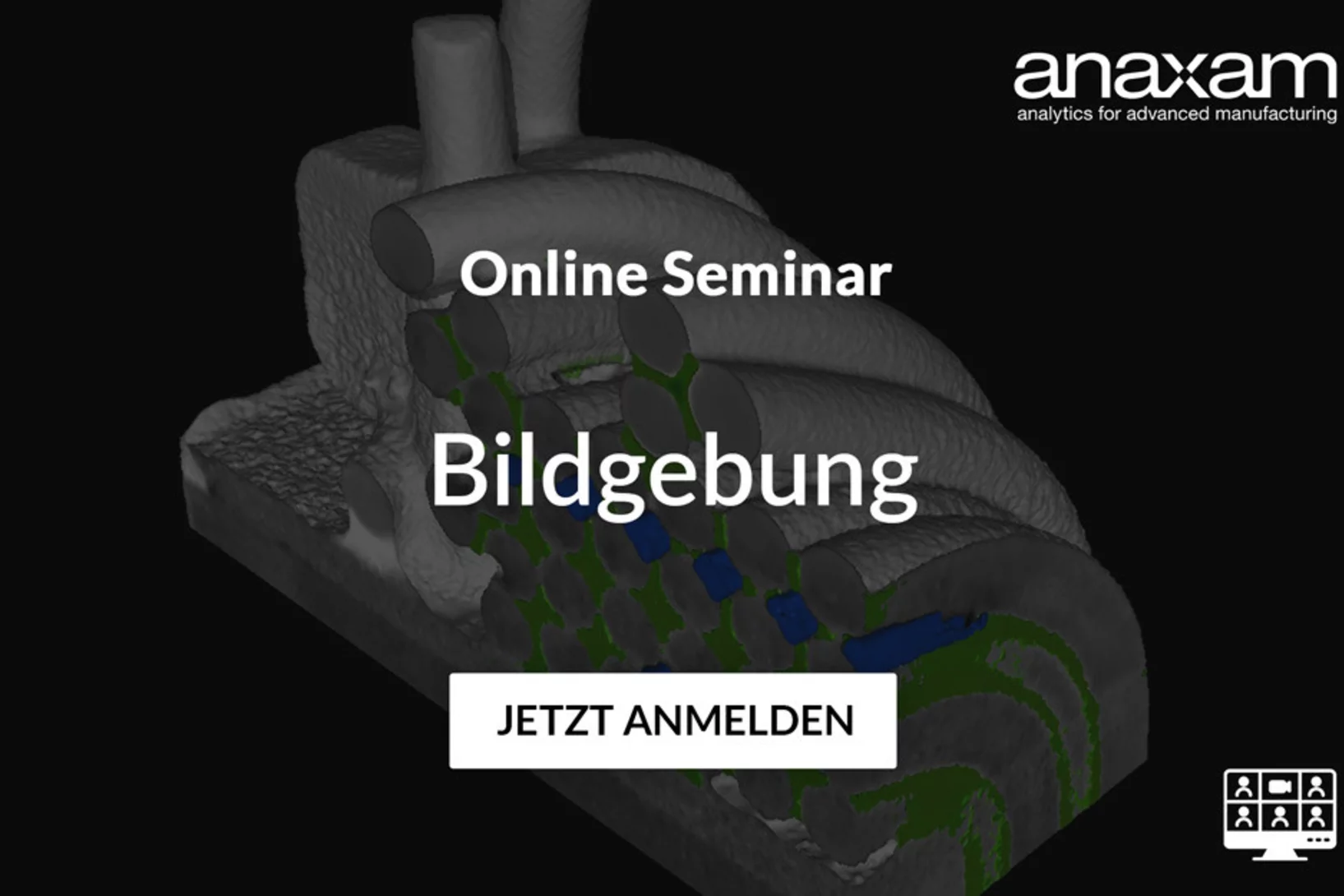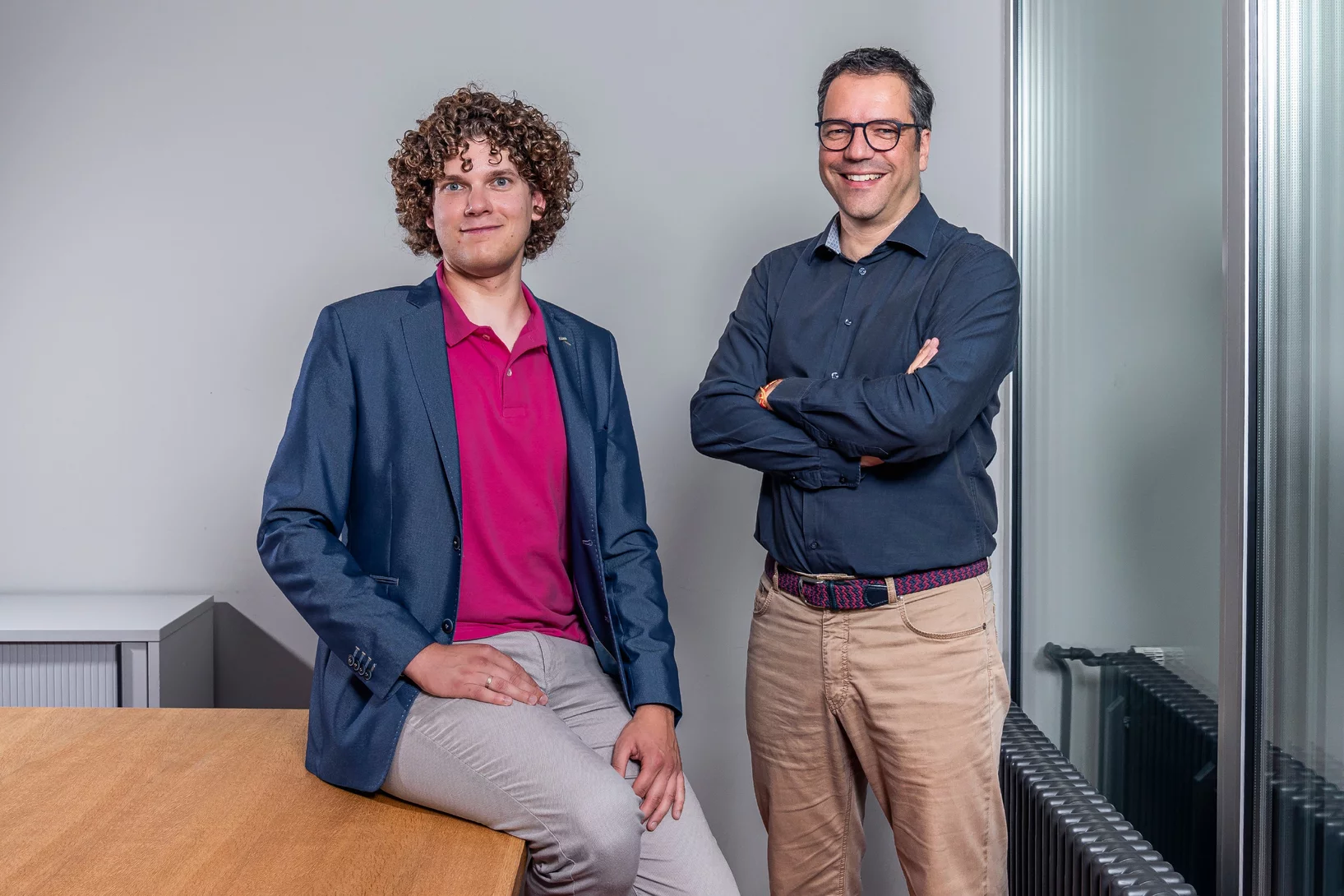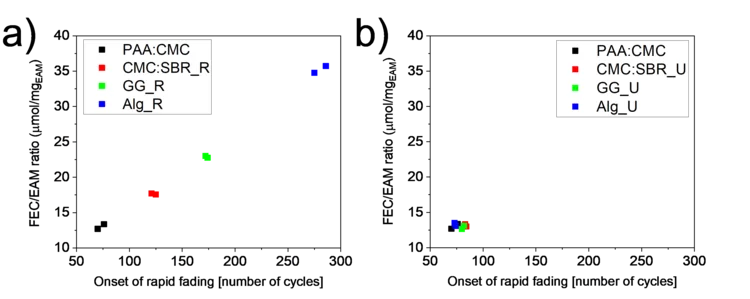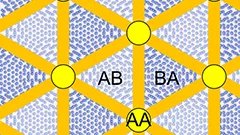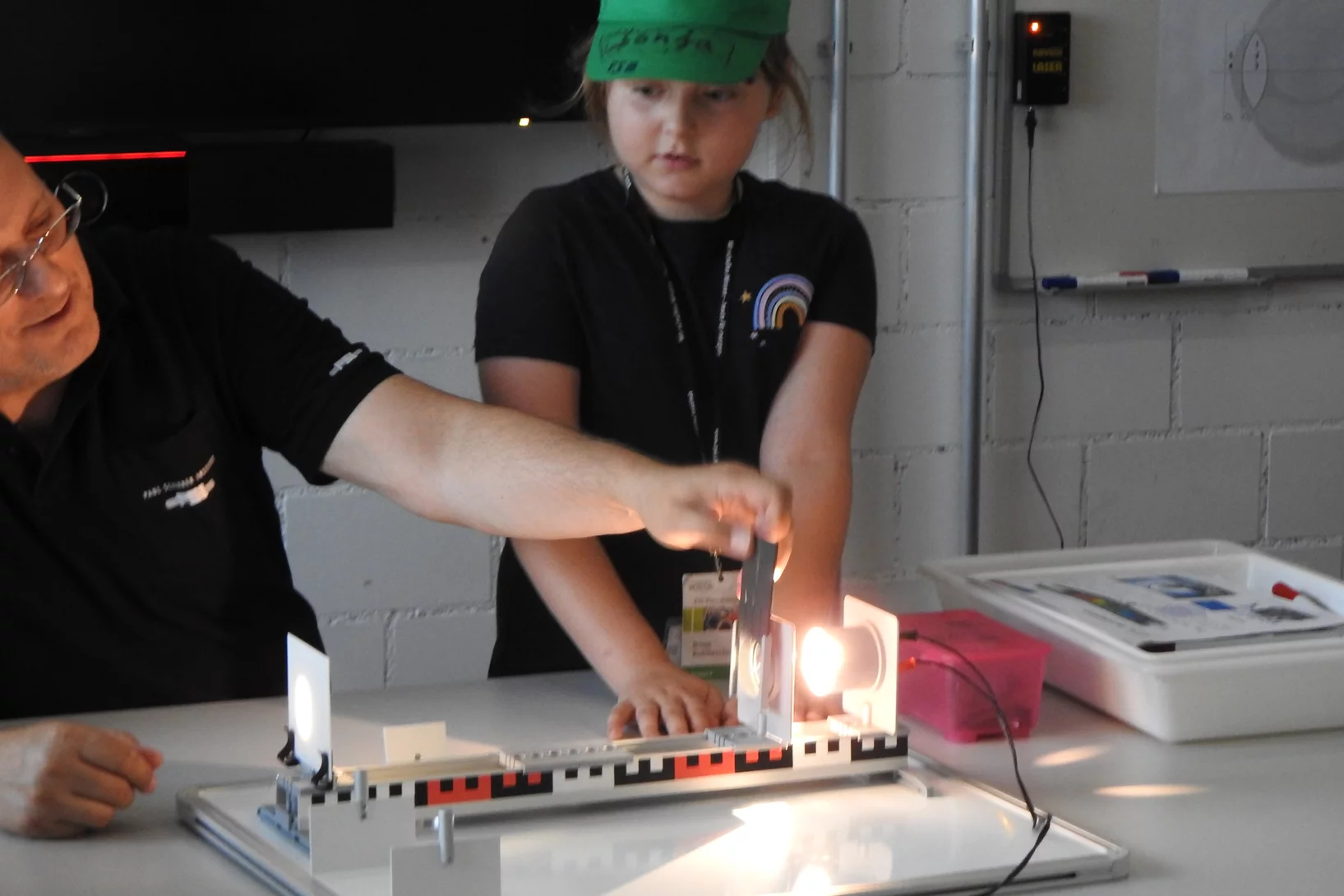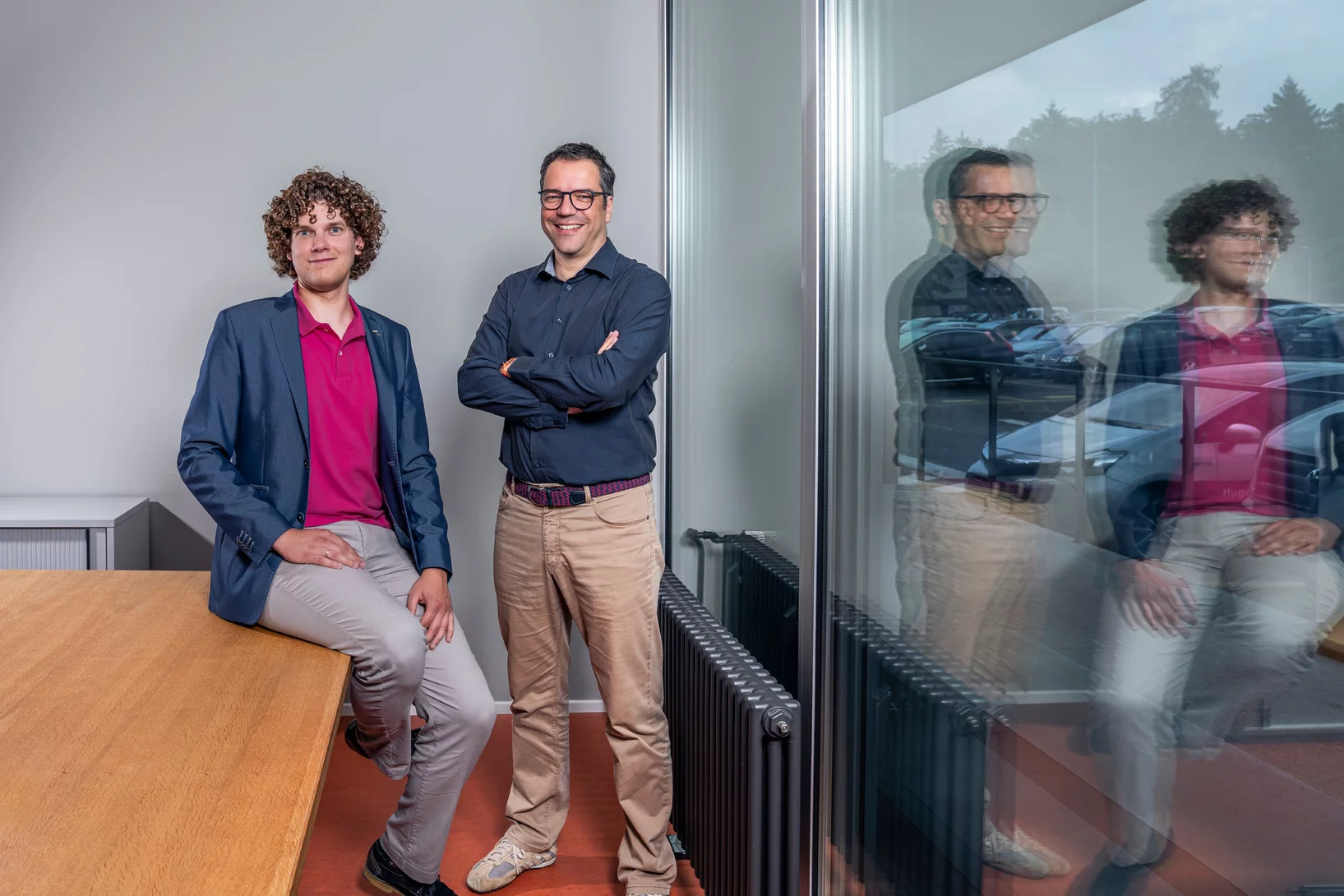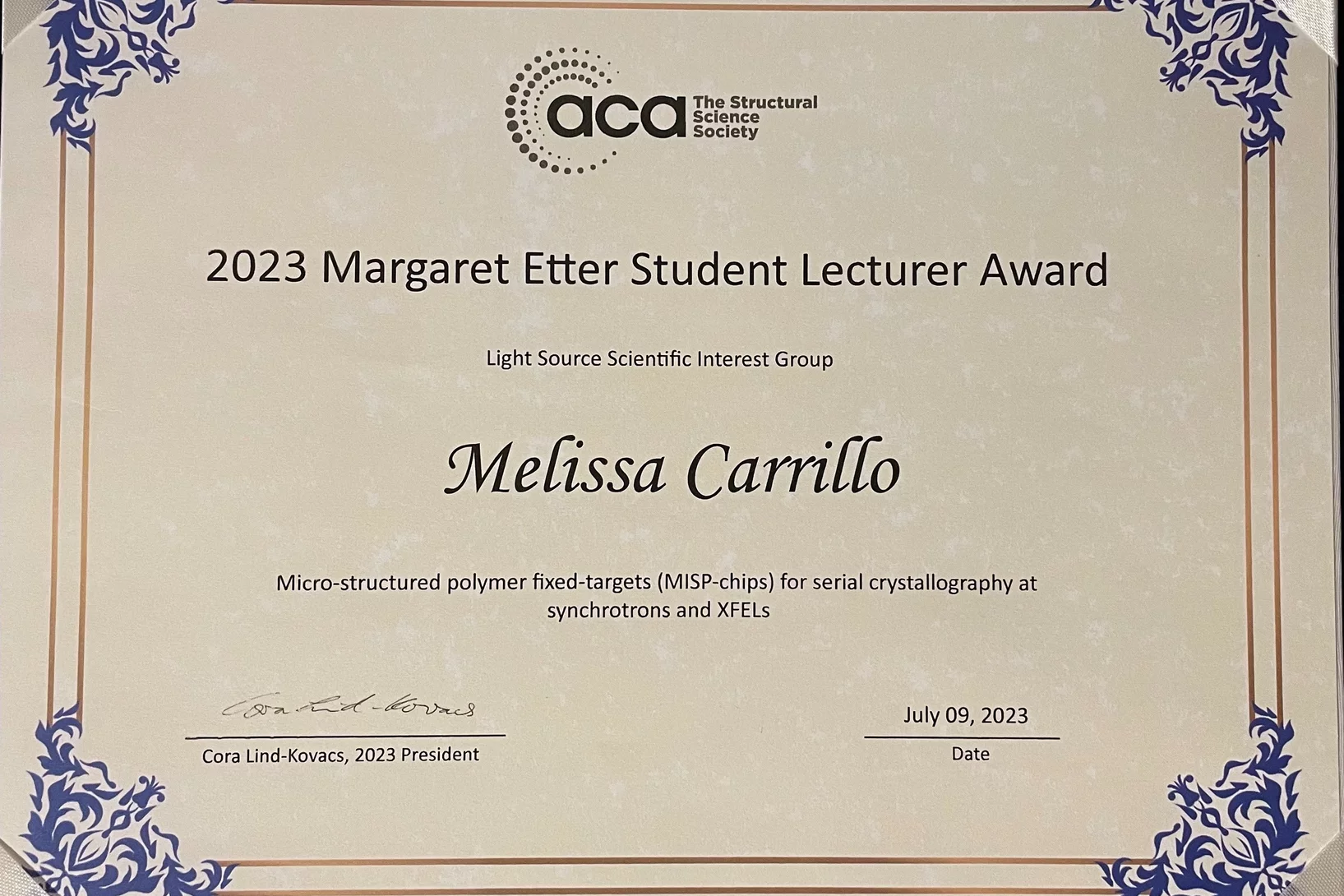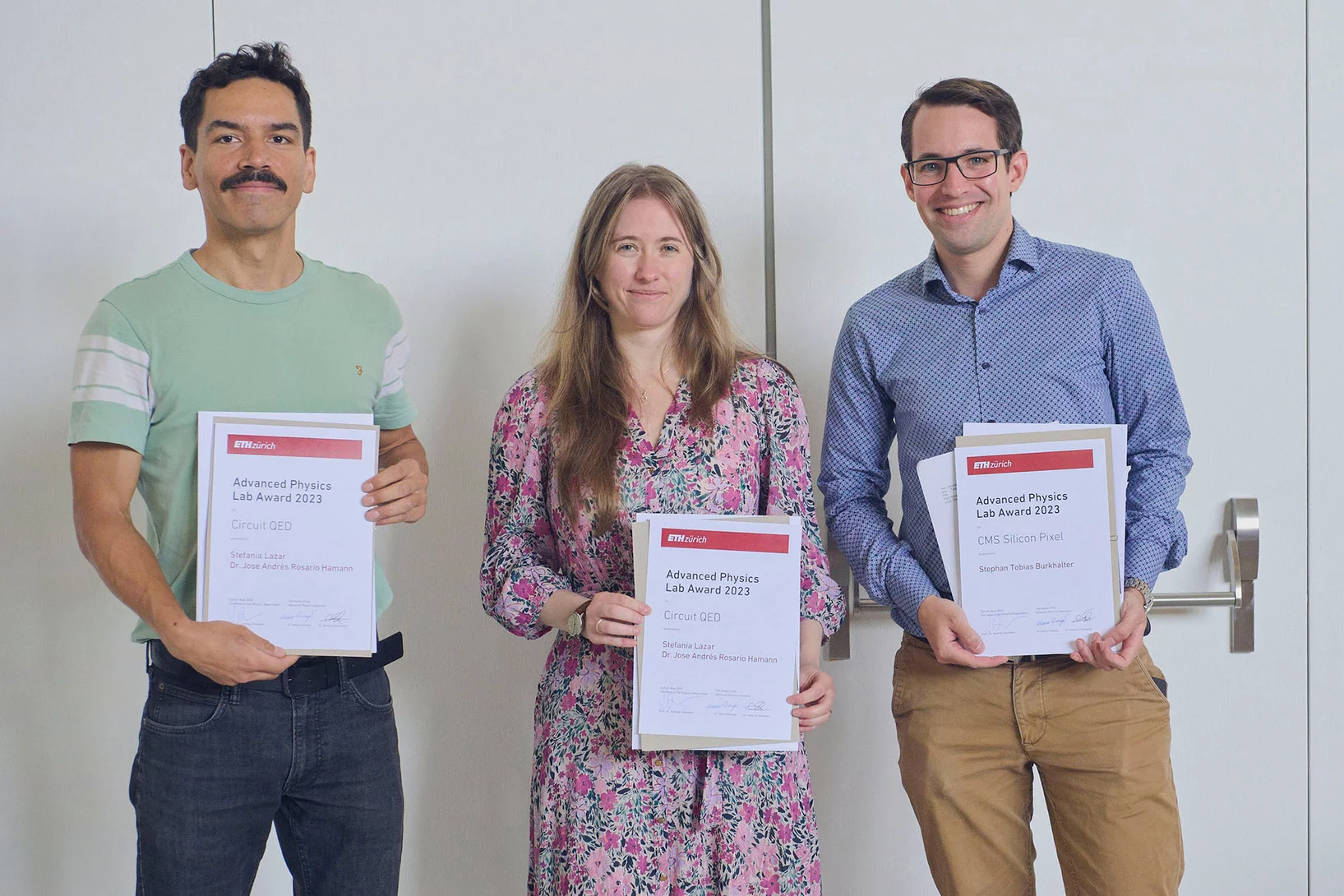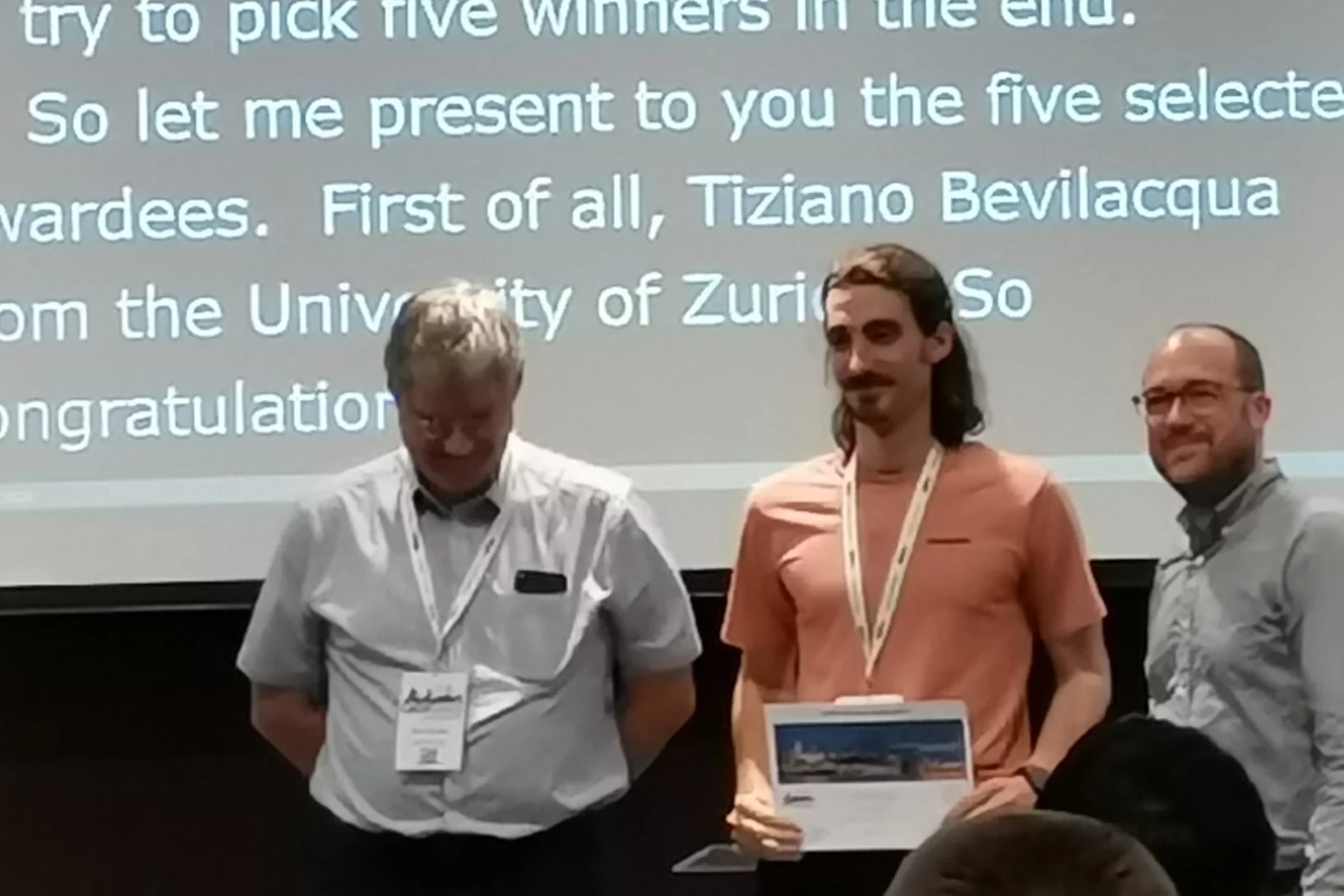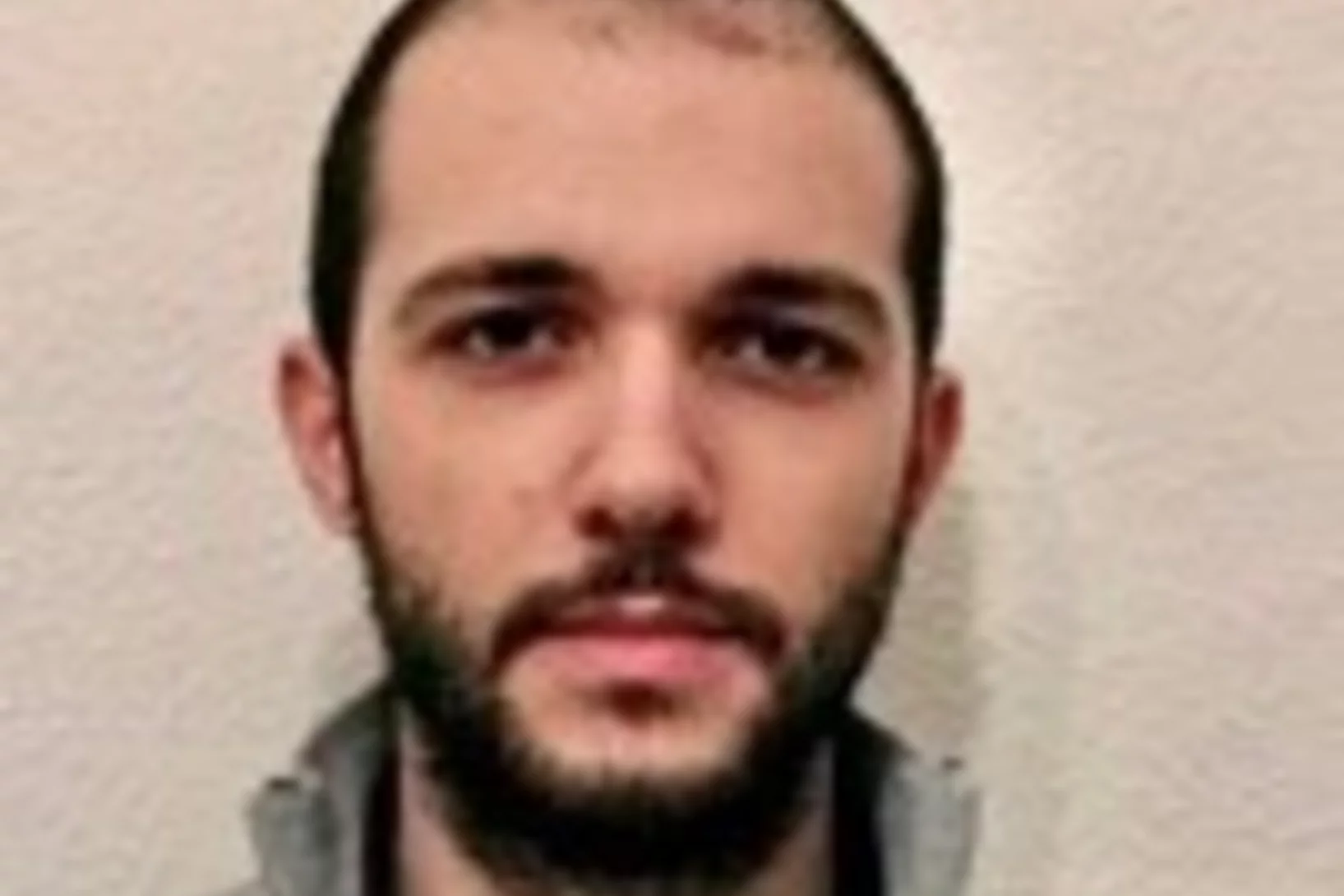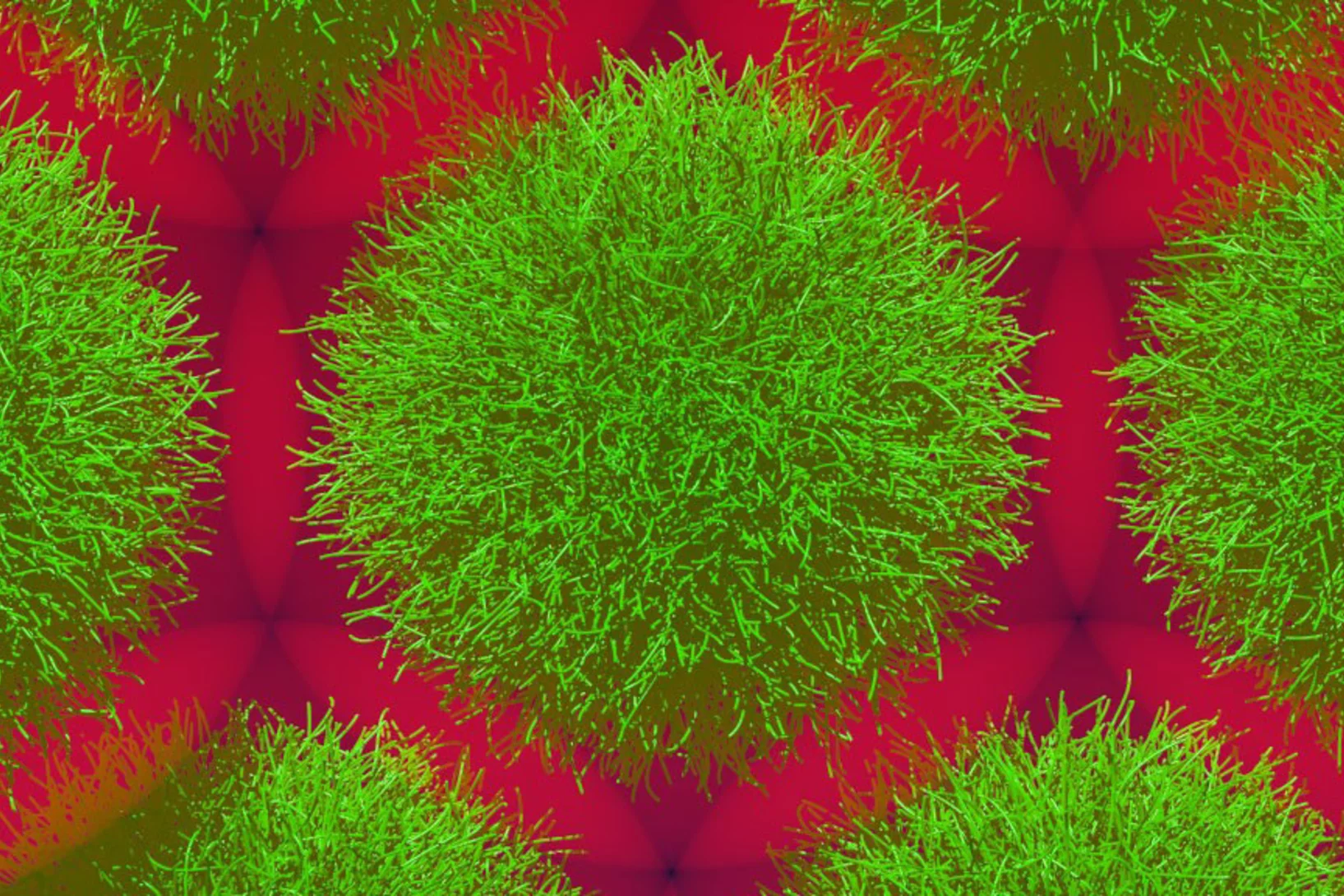On the trail of blue bones
The bones of the tree hollow toad tree frog are turquoise blue. Our team is currently investigating the nanostructure of the bone and its significance for the frog.
Einführungswoche 2023
Am Montag, 7. August 2023 durften wir 30 neue Lernende und Praktikant*innen am PSI begrüssen. Wir wünschen ihnen einen guten Start in der Berufswelt und eine erfolgreiche Lehr- und Praktikumszeit.
A Swiss premiere Proton radiotherapy to treat oesophageal cancer
On 15 August 2023 a patient suffering from oesophageal cancer was treated with proton beam therapy at PSI – for the very first time in Switzerland.
Apochromatic X-ray focusing as Editor's Highlight in Light: Science & Applications
Our recent work on the 1st demonstration of apochromatic X-ray lenses has been selected as an Editor's Highlight in Light: Science & Applications.
Sandra Mous received the ETH Medal for her dissertation at ETH Zurich
Sandra Mous received the ETH Medal for her dissertation at ETH Zurich under the supervision of Prof. Gebhard F.X. Schertler, Division Head of Biology and Chemistry at PSI. She captured the first molecular movie of an anion transported across the cell membrane by a protein pump. Congratulations!
Welcome to LXN Narmadha Devi
Herzlich Willkommen Narmadha Devi in LXN!
Direct observation of exchange anisotropy in the helimagnetic insulator Cu2OSeO3
The helical magnetic structures of cubic chiral systems are well explained by the competition among Heisen- berg exchange, Dzyaloshinskii-Moriya interaction, cubic anisotropy, and anisotropic exchange interaction (AEI). Recently, the role of the latter has been argued theoretically to be crucial for the low-temperature phase diagram of the cubic chiral magnet Cu2OSeO3, which features tilted conical and disordered skyrmion states for a specific orientation of the applied magnetic field (μ0H⃗ ∥ [001]). In this study ...
PSI Alumni Careers: Kathrin Ebner – from PhD at ENE to Risk Assessor in Munich Re’s Emerging Green Tech Solutions Team
The PSI Career Blog features PSI alumni and their career paths to highlight the versatility of the PSI community, and inspire the young generation. Today with Kathrin Ebner, who is telling us about her journey from a PhD at PSI to being a risk assessor at Munich Re.
Bronze Age arrowhead is made of meteoritic iron
With the help of muons, PSI researchers were able to determine the origin of the material used for an arrowhead.
Welcome to LXN Bechir Braham
Herzlich Willkommen Bechir Braham in LXN!
Physics against Cancer: How PSI pioneered modern proton therapy
A recently published book tells the story of scientists and physicians at PSI developing a revolutionary technique to treat cancer.
Emergent Magnetism with Continuous Control in the Ultrahigh-Conductivity Layered Oxide PdCoO2
The current challenge to realizing continuously tunable magnetism lies in our inability to systematically change properties, such as valence, spin, and orbital degrees of freedom, as well as crystallographic geometry. Here, we demonstrate that ferromagnetism can be externally turned on with the application of low-energy helium implantation and can be subsequently erased and returned to the pristine state via annealing.
ANAXAM Industry Seminar: "Neutron and Synchrotron Imaging for Industrial Applications"
The Technology Transfer Centre ANAXAM offers industry access to analytical methods with neutron and synchrotron radiation and supports its industrial customers in being able to offer innovative and high-quality products.
The seminar "Introduction to Neutron and Synchrotron Imaging for Industrial Applications" aims to introduce the basic principles of imaging and to show how imaging analytics with neutron and synchrotron radiation facilitates the investigation of industrial materials.
Benefit from ANAXAM's know-how and competences and learn how to take your company a step forward with ANAXAM!
WHEN: 15 November 2023; 2:00 - 3:30 p.m.
The seminar takes place online and is free of charge.
More information and link to register:
https://www.anaxam.ch/de/events/introduction-neutron-and-synchrotron-x-...
The language of the seminar is English.
Earlier detection of breast cancer
Promising method for diagnosing breast cancer: a research team from PSI, ETH Zurich, the Cantonal Hospital Baden and the University Hospital Zurich has further developed and improved the method for the early detection of breast cancer and promises hope for diagnostics.
Breast cancer is still the most common type of cancer in women today. In the course of her life, one in nine women is affected. In Switzerland alone, about 6000 women are diagnosed with breast cancer every year. This means that this type of cancer accounts for about one third of all cancer diagnoses in women.
The mammography used up to now only provides two-dimensional images, which often leads to unclear or incorrect diagnoses. The improved procedure based on X-ray phase contrast should not only provide considerably more reliable results, but will also be less painful for patients. Tumours should now be detected earlier than before due to the three-dimensional representation of the images, which in turn means that appropriate therapy can be started earlier and valuable time can be gained.
The research team plans to start clinical trials by the end of 2024, as soon as the prototype of the necessary device is ready for use. A project duration of one to two years is planned for the test series that will then follow, until the development of a commercial device could begin.
More information can be found here:
Importance of Identifying Key Experimental Parameters for the Li-ion Battery Performance Testing
The mass loading of Si-graphite electrodes is often considered as a parameter of secondary importance when testing their performance. However, if a sacrificial additive is present in the electrolyte, the electrode loading becomes the battery cycle-life-determining factor. A lower loading was obtained by keeping slurry preparation steps unchanged from binder to binder and resulted in a longer lifetime for some of the binders. When the final loading was kept constant instead, the performance became independent of the binder used.
Controlling topological states in bilayer graphene
Parameters of topological channels created in twisted bilayer graphene can be controlled by lithium atoms intercalation.
Lehrlingsevent Gewerbeverein 2023
Der traditionelle Lehrlingsevent des Gewerbevereins Aaretal-Kirchspiel fand dieses Jahr am Freitag, 30. Juni im Betriebsrestaurant OASE vom PSI statt. Leider nur 2 PSI-Lehrabsolventen und 2 Berufsbildner nahmen daran teil. Die Lernenden erhielten mit ihren guten Abschlüssen ein schönes Geschenk.
Feriencamp 2023
Das diesjährige Feriencamp konnten wir mit 35 Kinder von PSI-Mitarbeitenden durchführen. Wir verbrachten eine interessante, tolle und heisse Woche am PSI. Herzlichen Dank allen Helfenden, welche dies überhaupt ermöglichen!
Earlier detection of breast cancer
3D X-rays can improve breast cancer screening.
FELFEL: a new catering offer at PSI
FELFEL - a new catering service that offers fresh locally produced meals is available now 24/7 in Cafeteria Time-Out (PSI West). In addition, the PSI restaurant has re-opened for dinner (Mon-Fri).
MUMOTT V1.0 released!
We are happy to announce the release of MUMOTT (multi-modal tensor tomography) 1.0, an all-Python package for the analysis of tensor tomography measurements!
Congratulations to Melissa Carrillo for winning the 2023 Margaret Etter Student Lecturer Award at the ACA in the Light Sources Category
Melissa Carrillo is a PhD student under the supervision of Dr. Celestino Padeste from the Laboratory of Nanoscale Biology at PSI. Through a collaboration with the Laboratory for X-ray Nanoscience and Technologies, they are responsible for the design and production of the polymer fixed-targets used by the SwissMX endstation at Cristallina. We whole hearted congratulate Melissa for her receipt of a 2023 Margaret Etter Student Lecturer Award at the recent American Crystallography Association Meeting for her work on these polymer supports!
2023 Physics Lab Award for Stephan Burkhalter
Stephan Burkhalter (PhD student in our group) is the recipient of this year’s Lab Award of the Physics Department at ETH Zurich.
Best Poster Award for Tiziano Bevilacqua
Tiziano Bevilacqua (PhD student in our group) has been awarded a price for the best poster at the Large Hadron Collider Physics conference (LHCP) that took place in Belgrade this year.
Marino Missiroli elected Trigger Coordinator of the CMS experiment at CERN
Marino Missiroli (postdoctoral researcher in our group) will join the management team of the CMS experiment at CERN as Trigger Co-Coordinator in September 2023.
Marino Missiroli elected Trigger Coordinator of the CMS experiment at CERN (Copy)
Marino Missiroli (postdoctoral researcher in our group) will join the management team of the CMS experiment at CERN as Trigger Co-Coordinator in September 2023.
Mystery of microgels solved
Researchers at PSI and the University of Barcelona can explain the strange shrinking of microgels experimentally.
Climate-neutral air travel: Is it possible?
Above all, meeting this goal will require sustainable fuels and a reduction in air traffic.
Myths and prejudices related to your job search
‘Only those who are not successful in academia move to industry’, or ‘when I move to industry, I will earn a lot, but others tell me what to do, and I cannot develop myself any further’ on the one side, and ‘those scientists life in their own world, will we even be able to communicate with them?’ on the other – these are some myths and prejudices challenging those looking for their next job. How can you deal with these?
Two post-doc positions funded by SwissTwins open in the MSD group
Two new post-doc opportunities (post-docs/research software engineers) are open, to join the AiiDA development team (MSD group), focusing on supporting large data scales and next-generation HPC infrastructures.
These positions are funded under the SwissTwins project, offering close collaboration opportunities with project partners such as the Swiss Supercomputer Center CSCS, and other institutions in Switzerland and Europe.
Deadline: July 30, 2023

